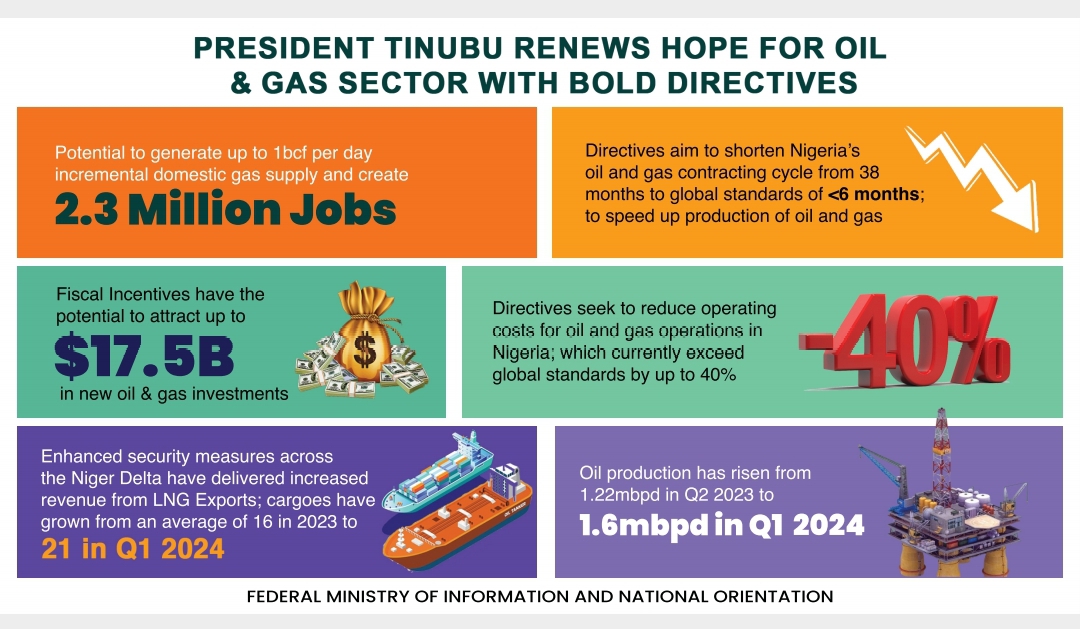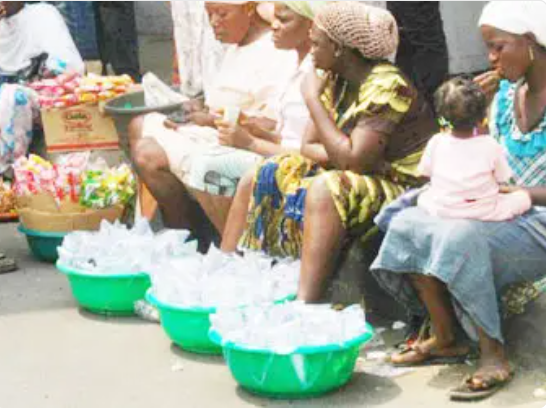Drinkable water, a very important lubrication for the body system, has gone through many prices in the past few years, as Nigerians grapple to meet up with the increasing high cost of living.

Now, a bag of sachet water that was sold for N50 naira is now N500 in some areas.
Those who purchase water in less quantity now buy a sachet or two for N50.
Even the well-to-do Nigerians have gone through various means to cut costs in the area of water consumption.
Some have dumped bottled water, which now costs N300 per bottle in some cities; they now improvise by carrying sachet water in used bottles.
Some have resorted to boiling borehole water and sieving it into empty used bottles after it cools off.
This has reduced patronage and, subsequently, dropping the income of beverage hawkers.
Economy&Lifestyle discovered that to make ends meet, these hawkers have now returned to iced water (water poured in white nylons and refrigerated or added to block to get cold), as it was years back, which comes cheaper and affordable.
Such sellers are seen in school vicinities, market places and motor parks in smaller towns and cities in the country.
Mrs. Dorathy Ehis, a seller of sachet and bottled water in Benin said she had to improvise by selling ice water to increase sales.
“I never thought ice water would be sold in Nigeria again since the 90’s.
“But the continuous increase in the price of sachet and bottled water has left many drinking borehole water.
“My sachet and bottled water business is not moving at all.
“A bag of sachet water is sold for N500 here. It was sold for N300 a few months ago.
“In a day I sell 40 bags of pure water because those hawkers used to buy from me. But now, they only buy a few.
“So I added the selling of ice water which goes for three N20 because of the cost of nylon and boiling of borehole water before icing it.
“People bought it in large quantities to my surprise.
“Those women hawking water, request more for ice water than sachet and bottled water.
“If you go to the village markets on market days, you will find people hawking ice water and many buying it.”
Mrs. Sandra Momoh, a snack and water seller said: “I sell snacks and water outside a public school.
“Students cannot afford a sachet of water for N50.
“Also if you sell two sachet water for N50, you will run a loss because a bag is N500.
“So I had to improvise by selling ice water to increase patronage.
“I prepare the water by boiling it and when it cools off, I tie it in transparent nylons. Then I refrigerate them. When there is no electricity supply, I use ice blocks to make them chill.
“I sell it for N10 and they patronize me.
“I prepare up to 200 ice water daily and also ensure that the process of preparing the water is hygenic.”
Mr. Folawe Afolayan, a microbiologist, commended the initiative but expressed worry about the possibility of increased water borne diseases such as diarrhea due to unsafe and unclean water.
“It is a good innovation because I remember then in the 80’s and 90’s nobody was interested in sachet water but ice water.
“However, most borehole water are contaminated from the ground they are dug from ground to the septic tank which many do not clean.
“Drinking of unclean water can cause increase in waterborne diseases such as diarrhea.
“It is better for the government to look into the cost of producing clean water thereby making it accessible and affordable to the masses to save lives and avoid spending money on drugs to treat a break of water borne diseases.”
According to World Health Organization (WHO), 2022 State of the world’s drinking water report, “Unsafe drinking water is a driving factor behind the more than 1.5 million people who die every year from diarrhoea, most of them infants and small children.”
“Every one of these preventable deaths is a tragedy.
“Meeting the Sustainable Development Goal target of universal access to safe drinking water by 2030 will require countries and multilateral organizations to quadruple their investment – a small price to pay for the millions of lives saved.
“The progress we have made on increasing access to drinking water is fragile.
“Safe water is not a one-time investment. It requires monitoring and upkeep.
“At the same time, external factors threaten to roll back the gains we have made.
“Climate change is driving water scarcity and droughts, while flooding disrupts supplies and devastates communities. Pollutants threaten both human health and entire ecosystems.
“Urbanization and population growth are limiting the ability of cities to deliver water to the millions of people living in informal communities and slums, while in rural areas, low quality services, waterpoint breakdown, and distant, contaminated water sources are a daily reality.”




